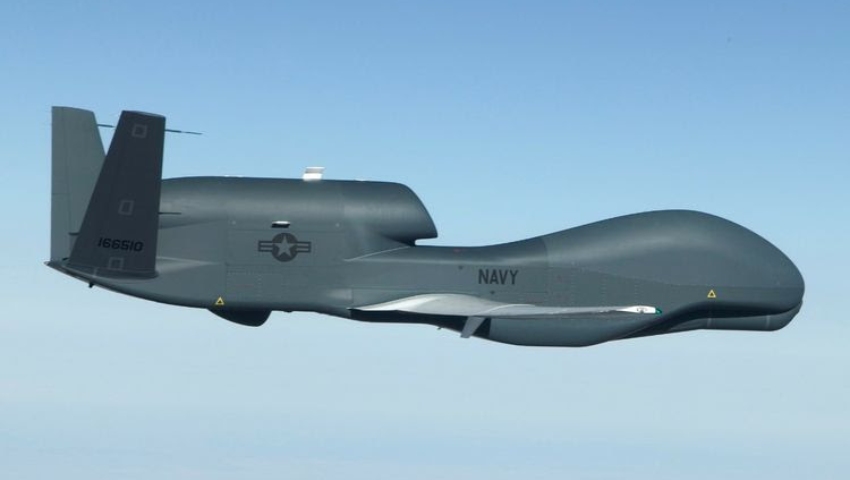Northrop Grumman’s HALE BAMS-D surpassed 40,000 flight hours this April, 12 years after the aircraft originally took-off for a six-month demonstration deployment.
The autonomous high-altitude, long-endurance (HALE) Broad Area Maritime Surveillance-Demonstrator (BAMS-D) program became an integral part of the US Navy intelligence, surveillance and reconnaissance (ISR) missions in USCENTCOM since it entered operational service for the US Navy in 2009.
A routine mission marked the milestone for the BAMS-D program, after it has remained in operational service past its initial six-month demonstration deployment by over a decade. Doug Shaffer, vice president and program manager of Triton programs at Northrop Grumman says the key milestone has “demonstrated the company’s commitment to delivering advantageous, critical capabilities”.
“BAMS-D providing operational support well beyond its intended demonstration period highlights the unrivalled strategic value of autonomous maritime HALE while the Navy integrates the MQ-4C Triton into its vital maritime patrol mission,” Shaffer added.
The BAMS-D will remain operational until it is replaced by the MQ-4C Triton, while it completes its first year of an early operating capability deployment in the US Indo-Pacific. The milestone for the BAMS-D has been "especially remarkable", according to Captain James Johnston, Commander at Task Force 57.
“This is a significant milestone for any aircraft, but especially remarkable for an originally planned six-month demonstration system,” he said.
The Triton system is currently progressing towards a multi-intelligence configuration and will ultimately support five operational orbits for the Navy with 68 operational aircraft.
Australia is set to receive its first Triton in 2023 as part of a co-operative development program that will enable intelligence sharing between the US and Australia.
[Related: Lockheed Martin to develop long-range lunar vehicles]






